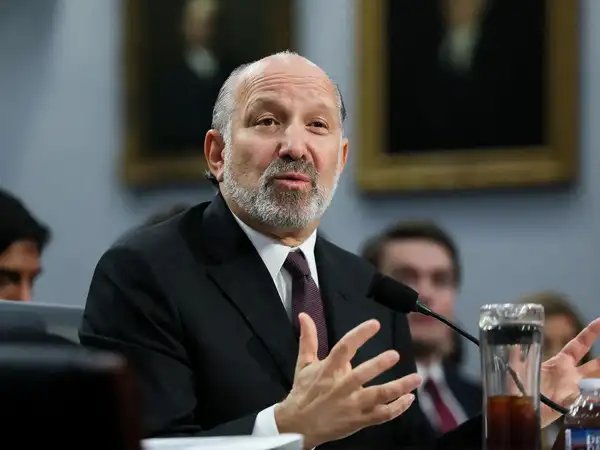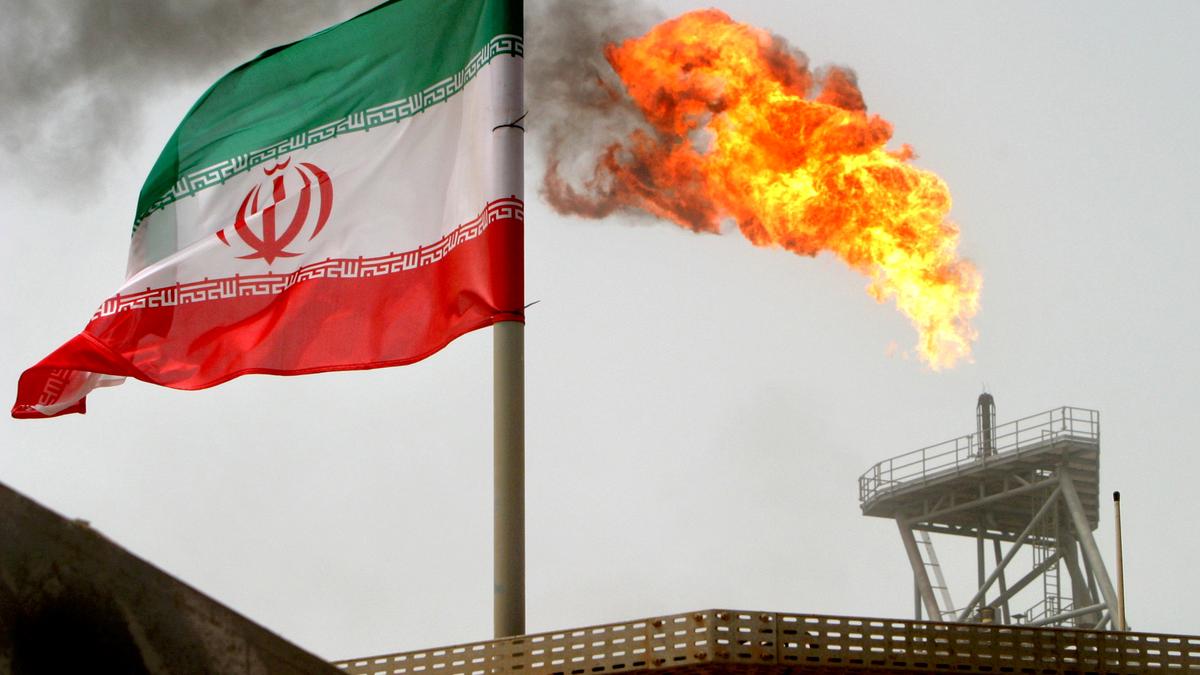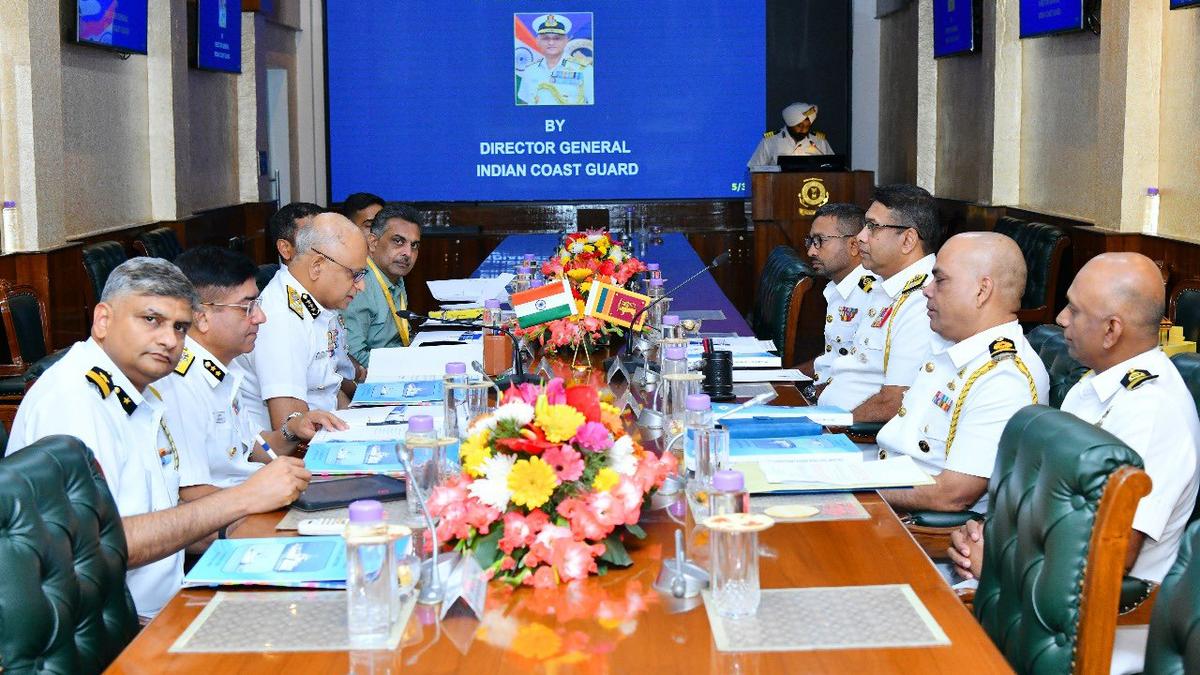



The 2024 UNFCCC climate conference emphasized the need for a new global sustainability forum, requiring developing countries to take responsibility for their own destiny and address climate change. The Global South criticized the G7's approach, suggesting BRICS countries establish a forum focusing on urban energy transitions.

Copyright infringement not intended
Picture Courtesy: The Hindu
The 2024 UNFCCC climate conference in Baku highlighted the need for an alternate global sustainability forum.
The United Nations Framework Convention on Climate Change (UNFCCC) was adopted in 1992 as an international treaty to limit climate change.
It has 198 Parties, which include 197 States and 1 regional economic integration organization. It led to the adoption of the Kyoto Protocol in 1997 and the Paris Agreement in 2015.
The Conference of the Parties (COP) is the supreme governing body of the UNFCCC. The COP meets annually to review the implementation of the Convention and make decisions to promote its effectiveness.
Parties are classified as industrialized (developed) countries, "economies in transition" (EITs), and least-developed countries (LDCs).
The UNFCCC secretariat supports a complex architecture of bodies that manage the implementation of the Convention, the Kyoto Protocol, and the Paris Agreement.
The 2024 United Nations Climate Change Conference, also known as COP29, took place in Baku, Azerbaijan from November 11–22, 2024. The conference's theme was "Investing in a livable planet for all".
Some of the key outcomes of the conference include:
The conference shifted the focus of the post-colonial world from 'donors' to 'recipients', suggesting the need for an alternate global sustainability forum, which requires developing countries to take charge of their own destiny and address the issue of climate change.
The current global climate policy benefits the G7 due to a disconnect between academic research, rules, and practices. The G7 countries have been able to avoid full responsibility for climate change, despite having overused global resources. Their policies, such as carbon pricing and trade restrictions, disproportionately impact developing countries.
For the G7 countries, the focus is on reducing carbon dioxide emissions, as they have overexposed their share of the global atmospheric resources.
For the Global South, the main concern is about sustainable development, adjusting policies, lifestyles, and shifting towards cleaner energy.
The Global South has criticized the G7’s approach, calling for climate justice.
Climate justice challenges existing global rules by calling into question the distinctions between global and local levels, as well as mitigation and adaptation strategies.
It indicates how policies such as carbon pricing and trade restrictions exacerbate income inequality while failing to address the root causes of climate change.
Urbanization, especially in G7 countries, plays a major role in resource consumption and emissions. As cities grow, they use more natural resources, contributing to climate change.
The G7, with a small population, consumed a large portion of global resources, leading to unsustainable patterns of consumption that other countries are now trying to avoid.
By 2050, the G7 will account for 25% of global emissions, with only 10% of the world's population. Asia, with 55% of the world's population, will account for half of all emissions. This shift highlights the importance of new sustainability principles and equitable resource use.
BRICS countries have the potential to play a key role in bridging the gap between the Global South and the G7 by promoting new forms of multilateralism, which includes advocating for sustainability and climate justice, while also ensuring their rightful place in global governance structures like the UN Security Council.
BRICS can become a voice for developing countries and help to shape a more just and sustainable global order.
Must Read Articles:
BAKU & THE CLIMATE FINANCE GOAL
Source:
|
PRACTICE QUESTION Q.Explain the concept of "climate justice" and its significance in climate finance and sustainable development. 250 words |




© 2025 iasgyan. All right reserved